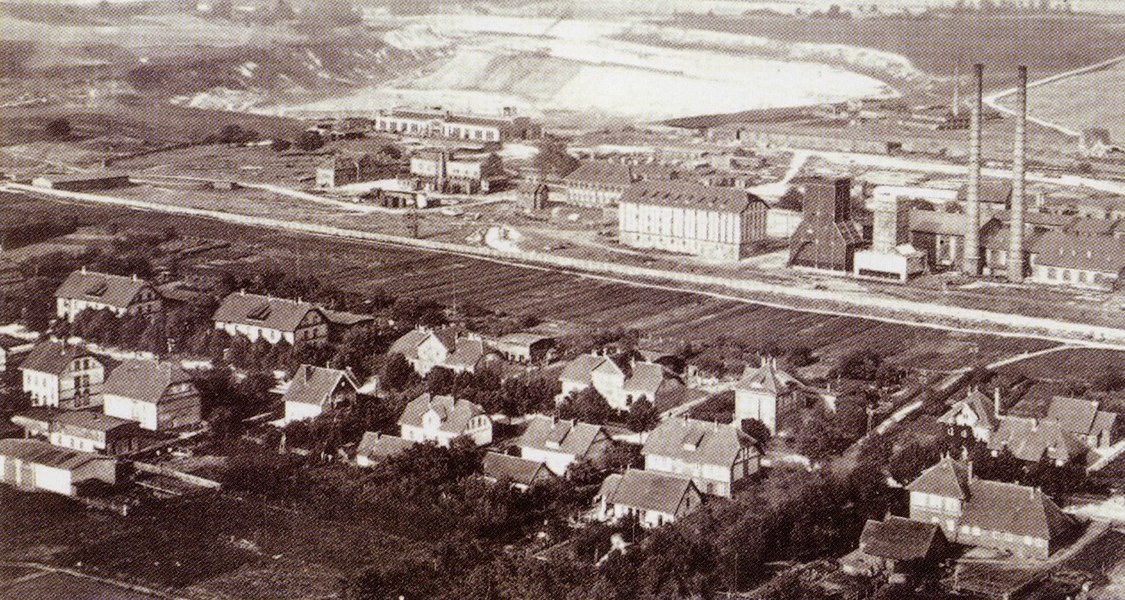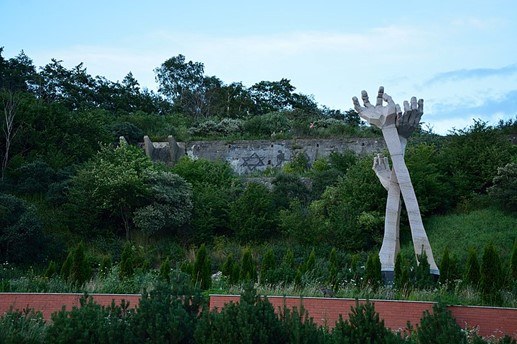Main Content
The death march to Palmnicken

A little-studied mass crime of the National Socialists in today’s Kaliningrad Oblast.
The death march of Palmnicken is one of the largest end-phase crimes of National Socialism, carried out in what was then East Prussia in January 1945. The exact number of victims is difficult to determine and is estimated at between 5,000 and 12,000 killed. The director of the “Foundation Memorial to the Murdered Jews of Europe,” Neumärker, described the mass murder committed at the Baltic Sea beach of Palmnicken at the end of the death march as “the largest massacre on German soil” (Neumärker in Blitz 2013: 10). This assessment stands in stark contrast to the limited attention this war crime has so far received from society, academia, and the judiciary.

The research project “The Death March to Palmnicken”, based at the ICWC and carried out in cooperation with the Herder Institute for Historical Research on East Central Europe, examines the origins, consequences, and criminal prosecution of this crime. At the heart of the project lies the question of why, despite years of investigation and the questioning of dozens of witnesses, the death march to Palmnicken remained largely unpunished. The research team, led by Prof. Dr. Stefanie Bock, analyzes national and international archival material from the holdings of the Central Office in Ludwigsburg, the Lower Saxony State Archives, and the International Holocaust Memorial Yad Vashem, in order to reconstruct the available evidence and the course of the investigations.
Background: The Death March to Palmnicken

Under the pressure of advancing Soviet troops and following the dissolution of the eastern satellite camps of the Stutthof concentration camp, several thousand, primarily female, Jewish prisoners were driven to Königsberg (today Kaliningrad) in January 1945. From there, they were forced to march to Palmnicken (today Jantarny), located directly on the Baltic coast, in severe sub-zero temperatures and with inadequate supplies. Along the way, around 2,000 people died from cold, exhaustion, or arbitrary shootings. Upon arrival in Palmnicken, the prisoners were confined on the grounds of the local amber factory. The original plan to kill them in a mine shaft failed due to the resistance of several Palmnicken citizens. For example, the commander of the Palmnicken Volkssturm, Hans Feyerabend, advocated for the prisoners and arranged for food to be distributed. Only a few days later, however, he was ordered to the front by the Königsberg SS Security Service, where he died under unclear circumstances.

At the same time, the death march reached its gruesome climax on the night of January 31 to February 1, 1945: the prisoners were violently driven onto the frozen Baltic Sea by members of the SS. Around 3,000 people were shot, drowned, or froze to death in the sea. Those who managed to escape were hunted down on the orders of the mayor of Palmnicken, Kurt Friedrichs, by members of the Hitler Youth and handed over for execution. It is estimated that only 16 people survived the massacre. Despite the large number of victims, the events on the Amber Coast fell into obscurity in the postwar period. It was not until 2011, more than 60 years after the crime, that a large memorial was unveiled on the Baltic shore of Jantarny to commemorate the many victims of the 1945 death march.